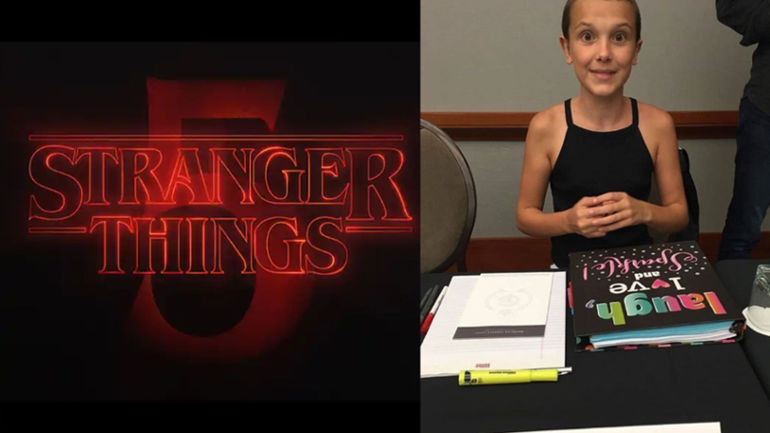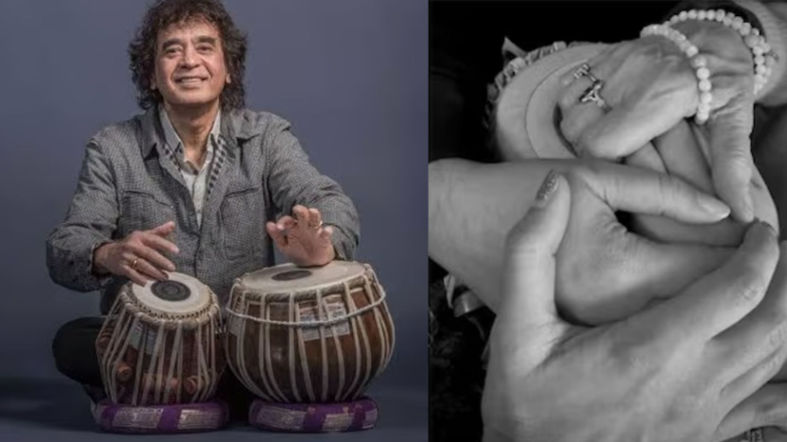Renowned industrialist Ratan Tata passed away on October 9 at Mumbai’s Breach Candy Hospital at the age of 86. Celebrated for his visionary leadership and strong commitment to social responsibility, Ratan Tata not only transformed the Tata Group into a global powerhouse but also positively impacted millions of lives. The Maharashtra government will honor him with a state funeral.
On Thursday morning, Tata’s body was transported from his residence in a hearse adorned with white flowers to the National Centre for Performing Arts (NCPA) in south Mumbai, where it will be available for the public to pay their last respects. His final rites are scheduled to take place at the Worli Crematorium.
According to a statement from Tata Trust, the last journey for Ratan Tata’s mortal remains will commence at 4 PM today.
Changing Traditions in the Parsi Community
Tata’s funeral reflects a significant shift in the Parsi community’s traditions, as an increasing number of members are choosing cremation over the traditional practice of placing remains in the Tower of Silence, or Doongerwadi, located on Malabar Hill.
Ratan Tata was not only a notable figure in the business sector but also within the Parsi community. As a follower of Zoroastrianism, one of India’s smallest yet most influential religious minorities, Tata was highly regarded. Several prominent Parsi publications expressed their condolences upon his death, acknowledging his generous contributions to the community. “Ratan Tata has been a generous supporter of the Zoroastrian Return to Roots Program and has kindly met with us on a few occasions. He is a great role model for young Zarathushtis to be humble and philanthropic,” noted a post from the Zororoots Instagram account.
Parsi Khabar stated that “Ratan Tata personified the enduring values of his Parsi heritage and Zoroastrian teachings, creating a legacy of kindness, integrity, and inspiration that will last for generations.”
Traditionally, Zoroastrians practiced “sky burial,” where the deceased were placed in a Tower of Silence (Dakhma) and exposed to natural elements and scavenging birds, primarily vultures. However, due to the declining vulture population in India, a growing number of Parsi community members are now opting for cremation.
As reported by the Free Press Journal, the Prayer Hall at the Worli municipal crematorium offers a facility for the death rites of Parsi-Zoroastrians who prefer cremation over interment in the Tower of Silence. A 2024 report indicated that prior to the establishment of the Prayer Hall, only 7 to 8% of funerals among Parsis in Mumbai involved cremation. Currently, that number has risen to between 15 to 20%, despite the opposition from orthodox Parsis regarding cremation practices.
Ratan Tata’s Funeral Arrangements
On Thursday, Tata’s mortal remains were taken from the hospital in an ambulance, escorted by police vehicles, and brought to his residence in Colaba. His remains will be open for public viewing at the NCPA on Thursday from 10 AM to 3:30 PM.
At 4 PM, his body will be transported to the Worli Crematorium for the last rites. To honor Ratan Tata, the Maharashtra government has announced a day of mourning on Thursday. Notably, the last rites of Cyrus Mistry, another prominent Parsi figure, were also conducted at the Worli Crematorium in 2022.














